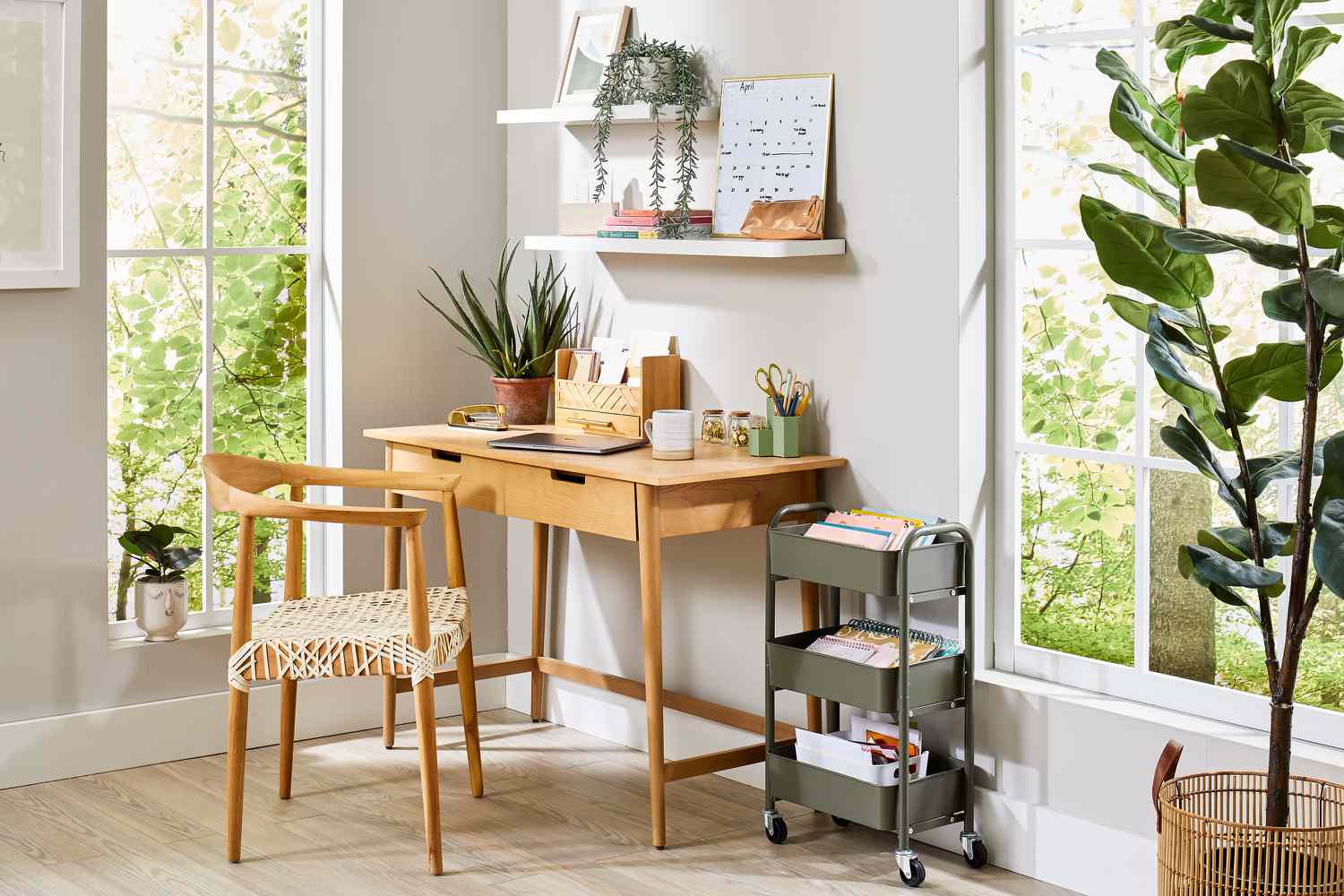- Empty cart.
- Continue Shopping
How to Create a Healthy Home Office Space

With the rise of remote work, creating a healthy and functional home office space has become more important than ever. A well-designed workspace not only enhances productivity but also supports overall well-being. We’ll provide practical tips on how to set up a healthy home office environment that promotes comfort, productivity, and physical well-being.
1. Choose the Right Location
Select a quiet, well-lit area in your home where you can work without disruptions. Ideally, this space should have access to natural light to reduce eye strain and enhance mood.
2. Invest in Ergonomic Furniture
Ergonomics is crucial for maintaining good posture and preventing strain on your body. Choose a comfortable chair with proper lumbar support, and ensure that your desk is at a height that allows your arms to rest comfortably while typing.
3. Position Your Computer Monitor Correctly
Place your monitor at eye level, about an arm’s length away from you. This helps reduce strain on your neck, shoulders, and eyes. Use a monitor stand or adjustable arm to achieve the right height.
4. Organize Cables and Wires
Keep cables and wires organized and out of the way to prevent tripping hazards and maintain a clean, clutter-free workspace. Consider using cable management solutions or cord clips to keep them tidy.
5. Optimize Lighting
Ensure that your workspace is well-lit to reduce eye strain and create a comfortable environment. Use a combination of natural light and adjustable artificial lighting to achieve the ideal illumination for your tasks.
6. Incorporate Plants
Adding plants to your home office can improve air quality and create a more pleasant, calming atmosphere. Choose low-maintenance plants like succulents or snake plants that thrive in indoor environments.
7. Personalize Your Space
Decorate your home office with items that inspire and motivate you. Personal touches like artwork, photos, or motivational quotes can create a positive and uplifting work environment.
8. Establish Boundaries
Set clear boundaries between your work area and the rest of your home. This helps create a distinct space for work, making it easier to transition into and out of work mode.
9. Prioritize Comfort
Ensure that your workspace is comfortable and conducive to long hours of focused work. Use a cushion or lumbar support if needed, and consider adding a footrest for additional comfort.
10. Incorporate Break Spaces
Create designated areas for breaks and relaxation within your home office. This can include a comfortable chair or a small relaxation corner where you can step away from your desk and recharge.
11. Practice Regular Movement
Incorporate opportunities for movement into your home office setup. Consider a standing desk or a sit-stand converter to alternate between sitting and standing throughout the day.
In conclusion, creating a healthy home office space is essential for maintaining productivity and overall well-being. By focusing on ergonomics, lighting, organization, and personalization, you can design a workspace that supports your physical and mental health. Remember to regularly assess and adjust your home office setup to ensure it continues to meet your needs. With a well-designed workspace, you’ll be better equipped to tackle tasks efficiently and enjoy a balanced work-life routine.








